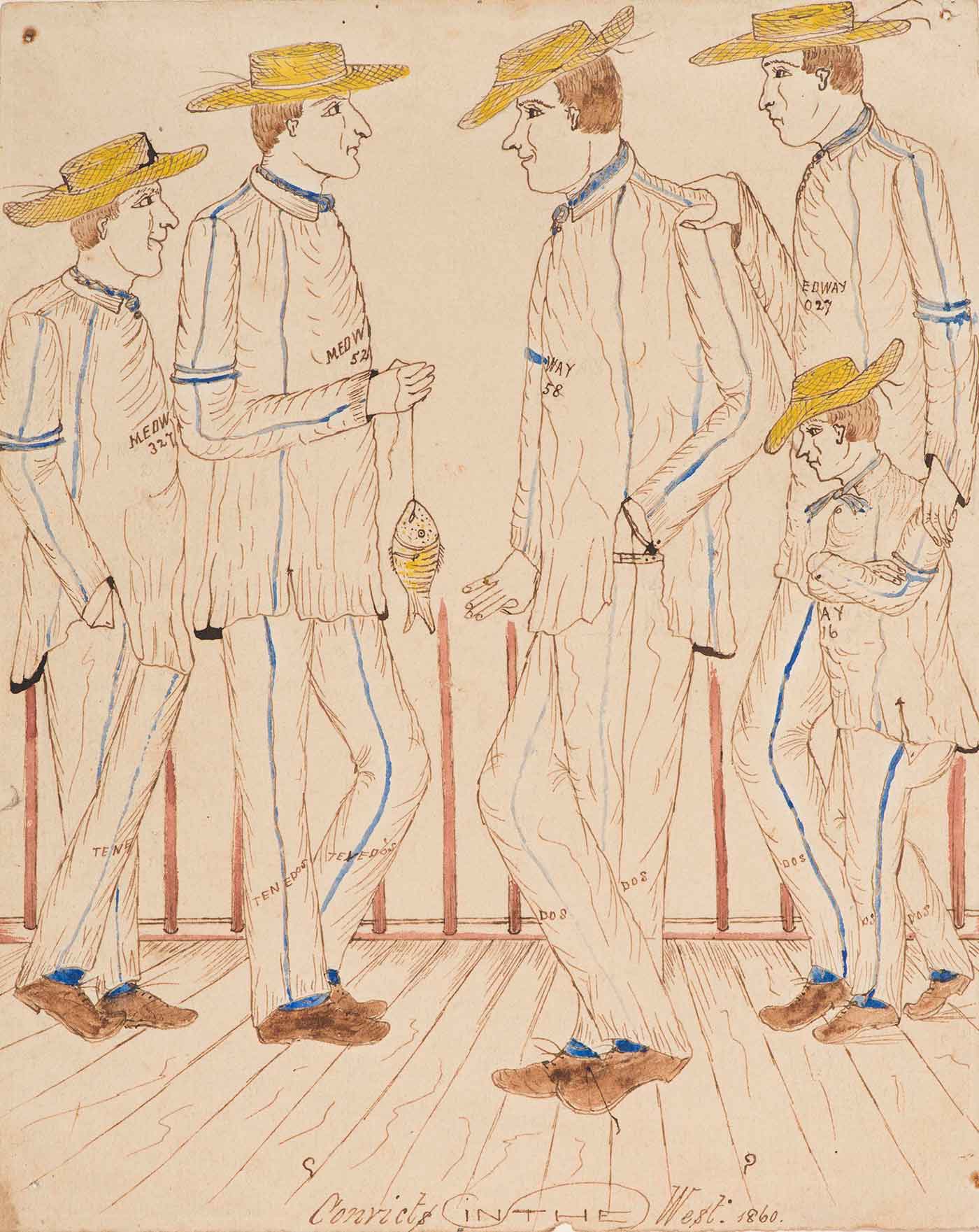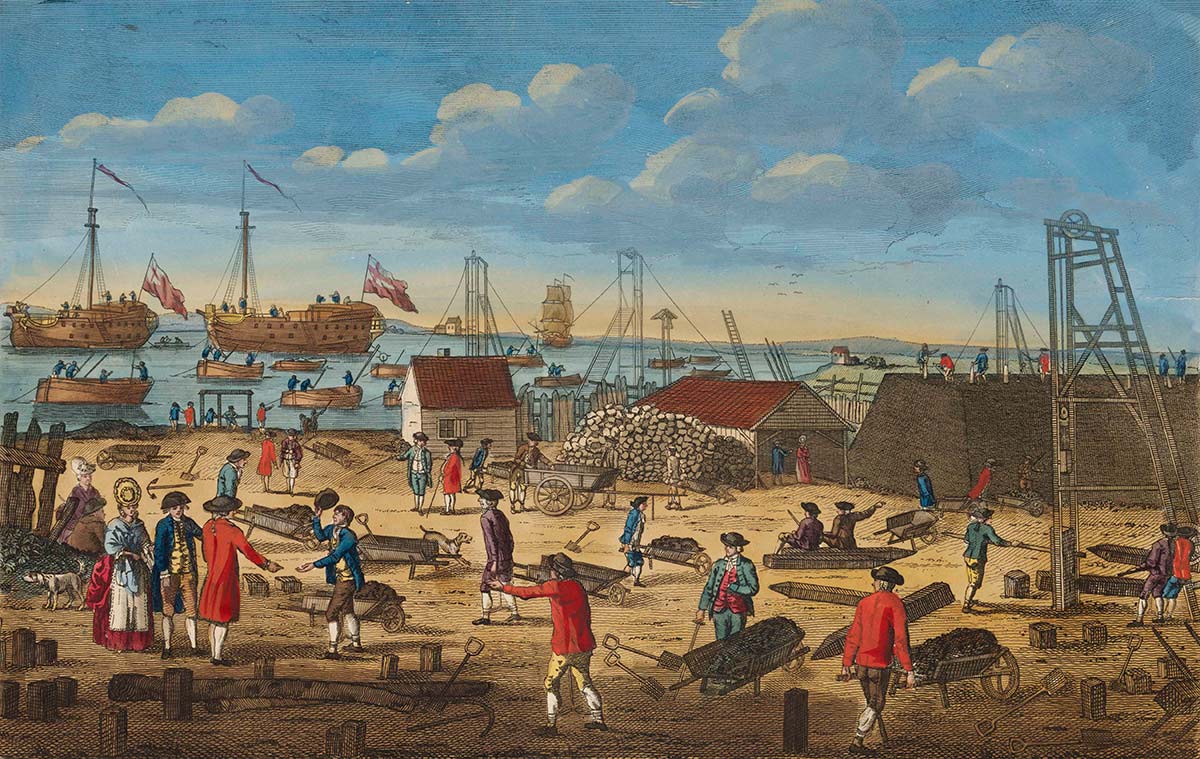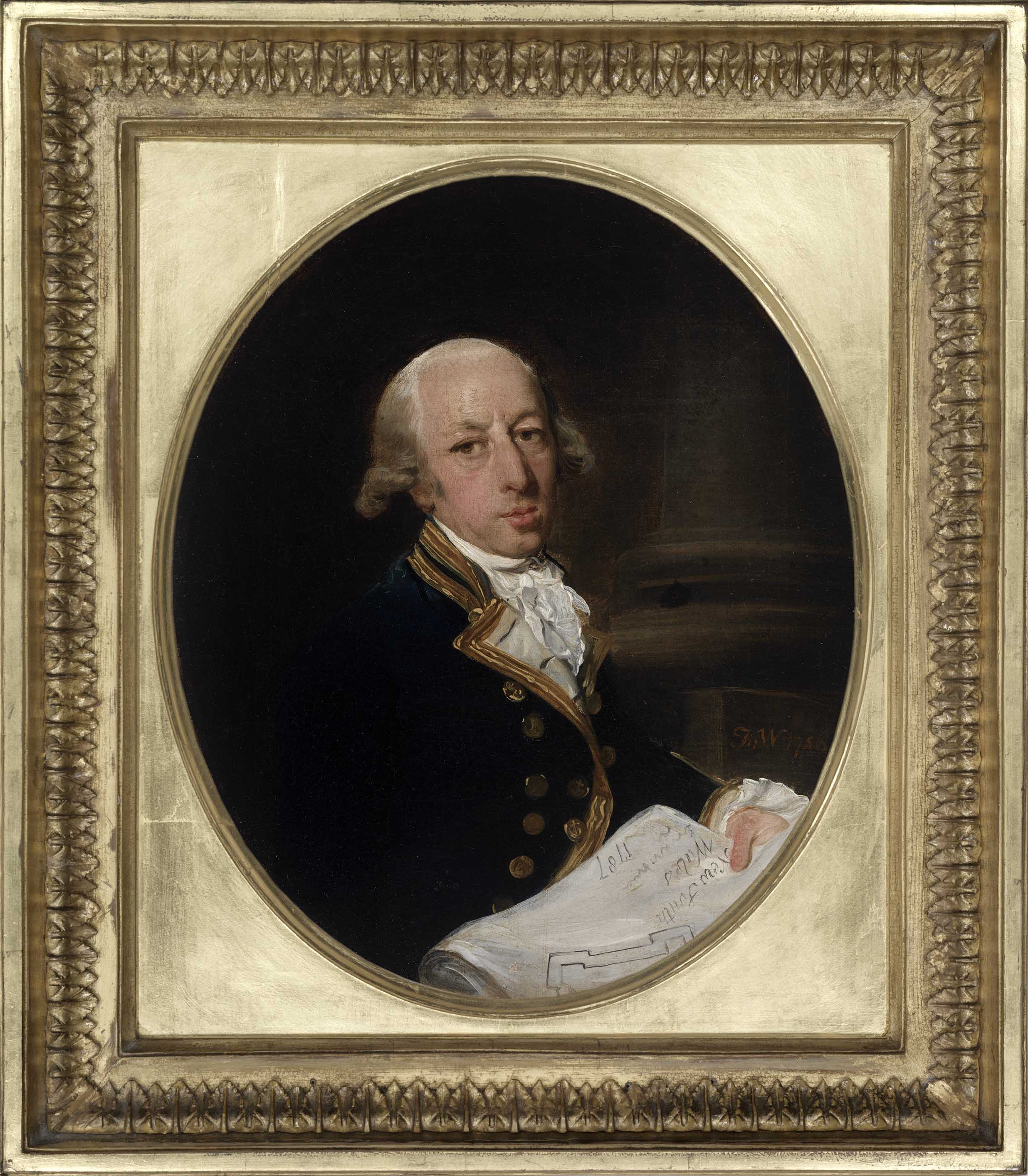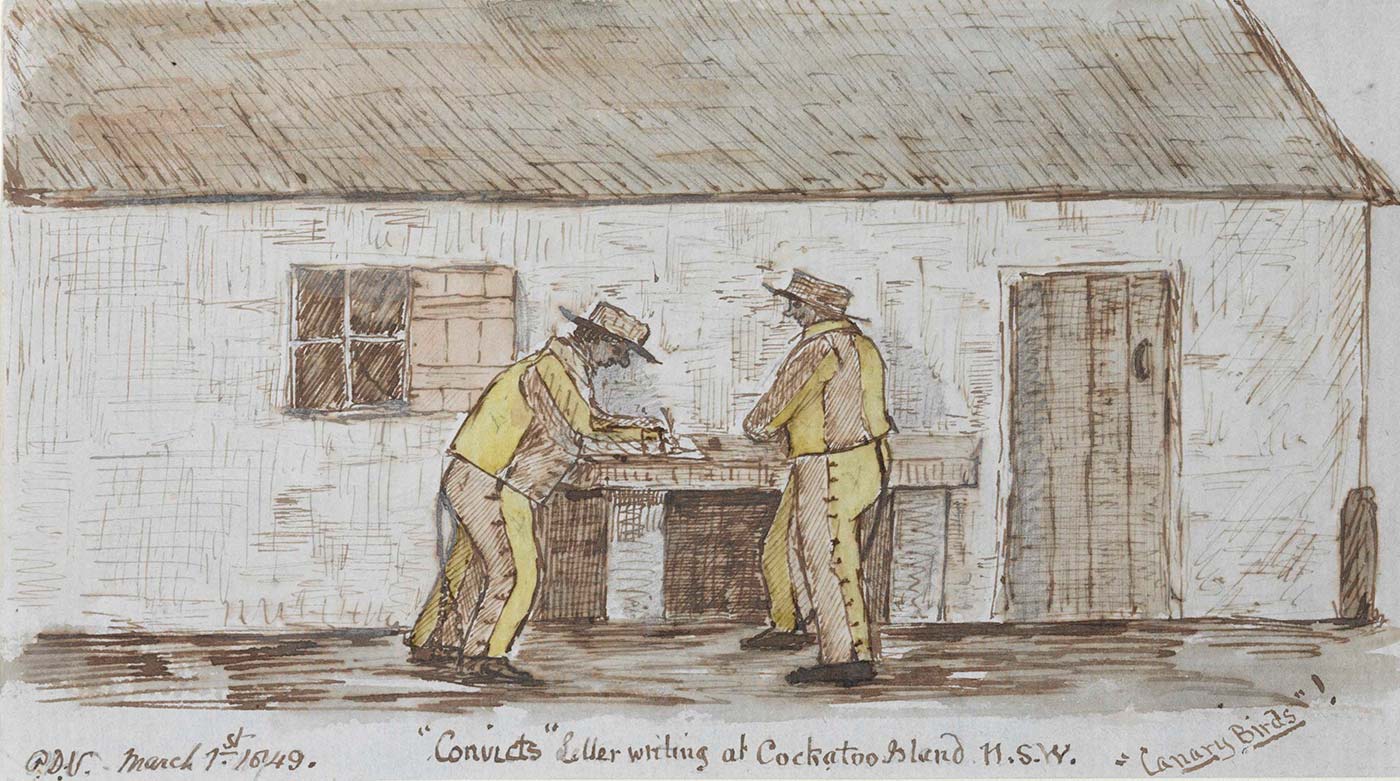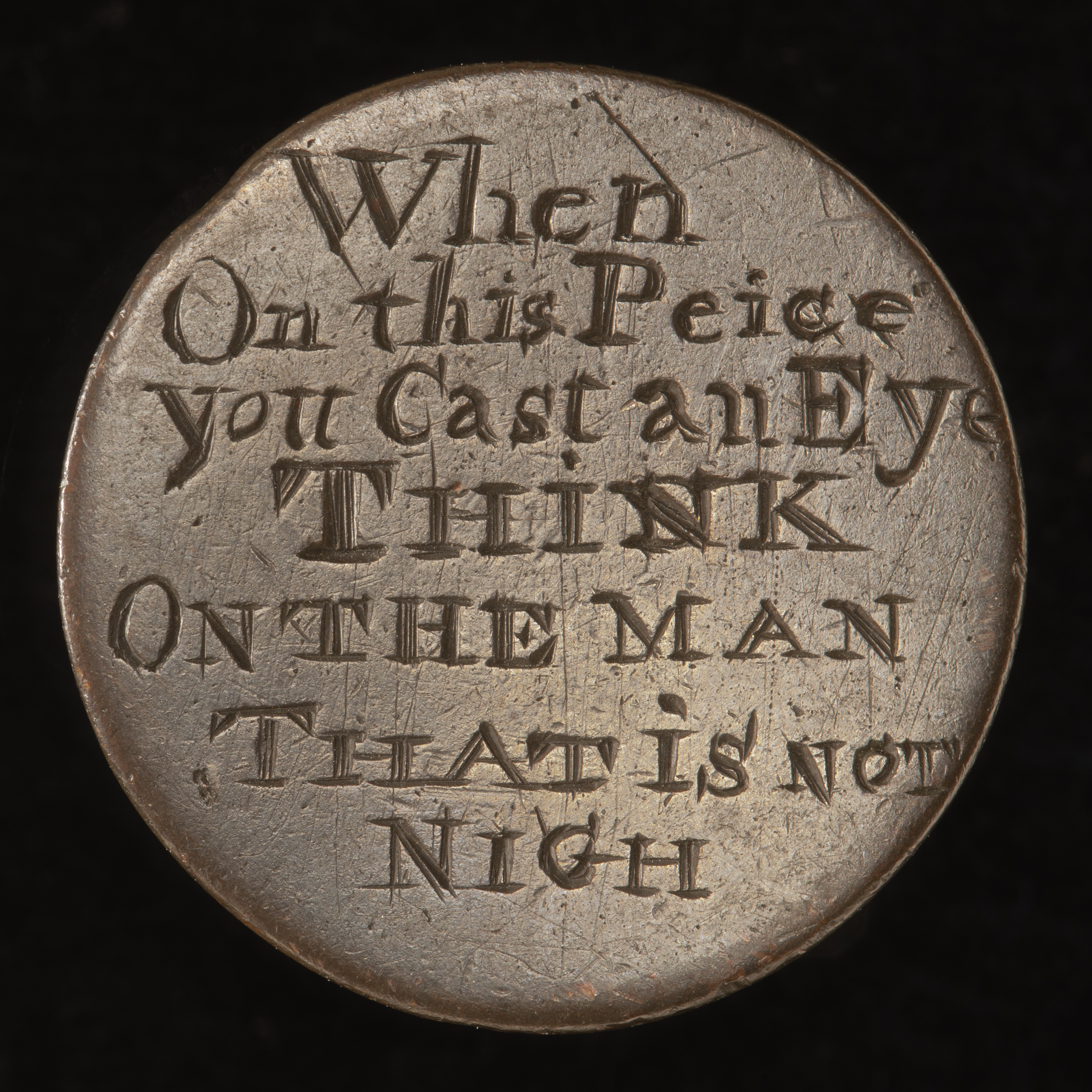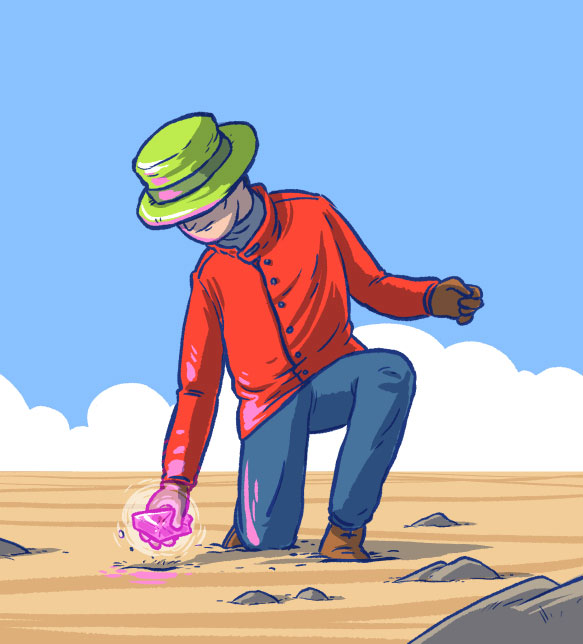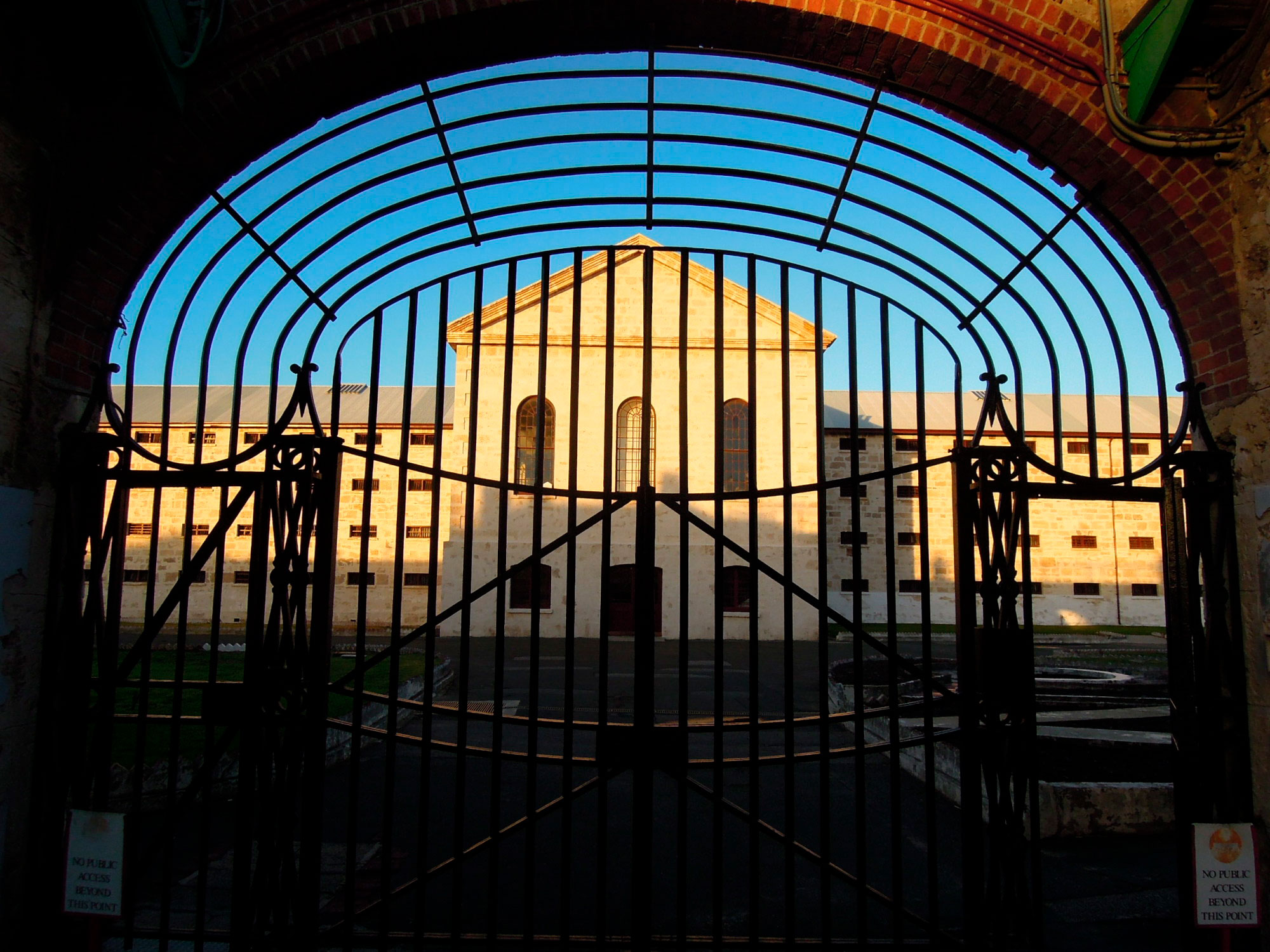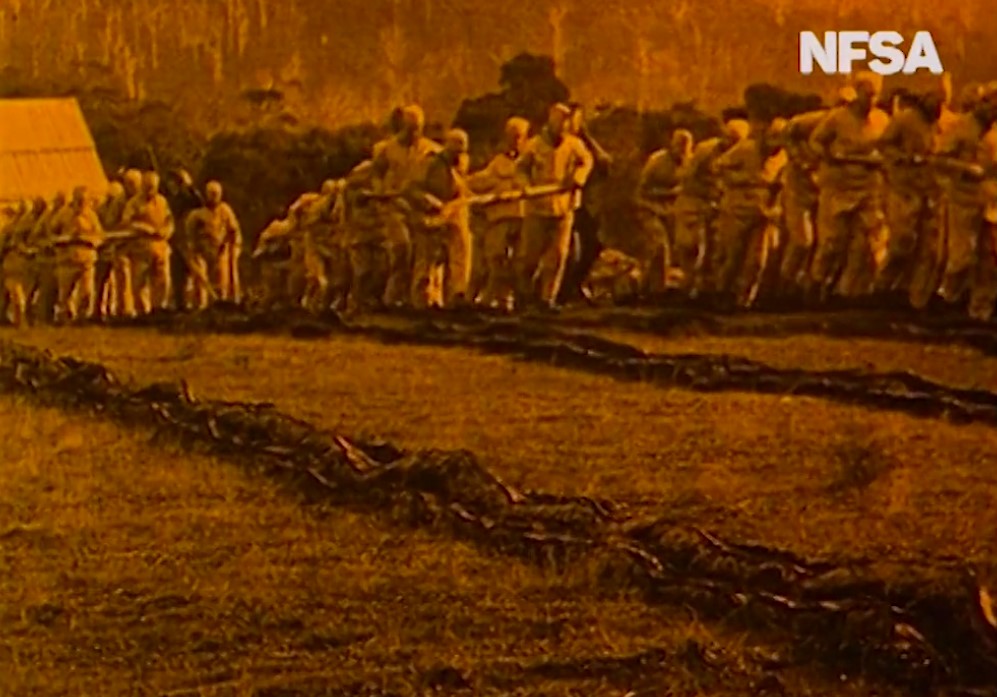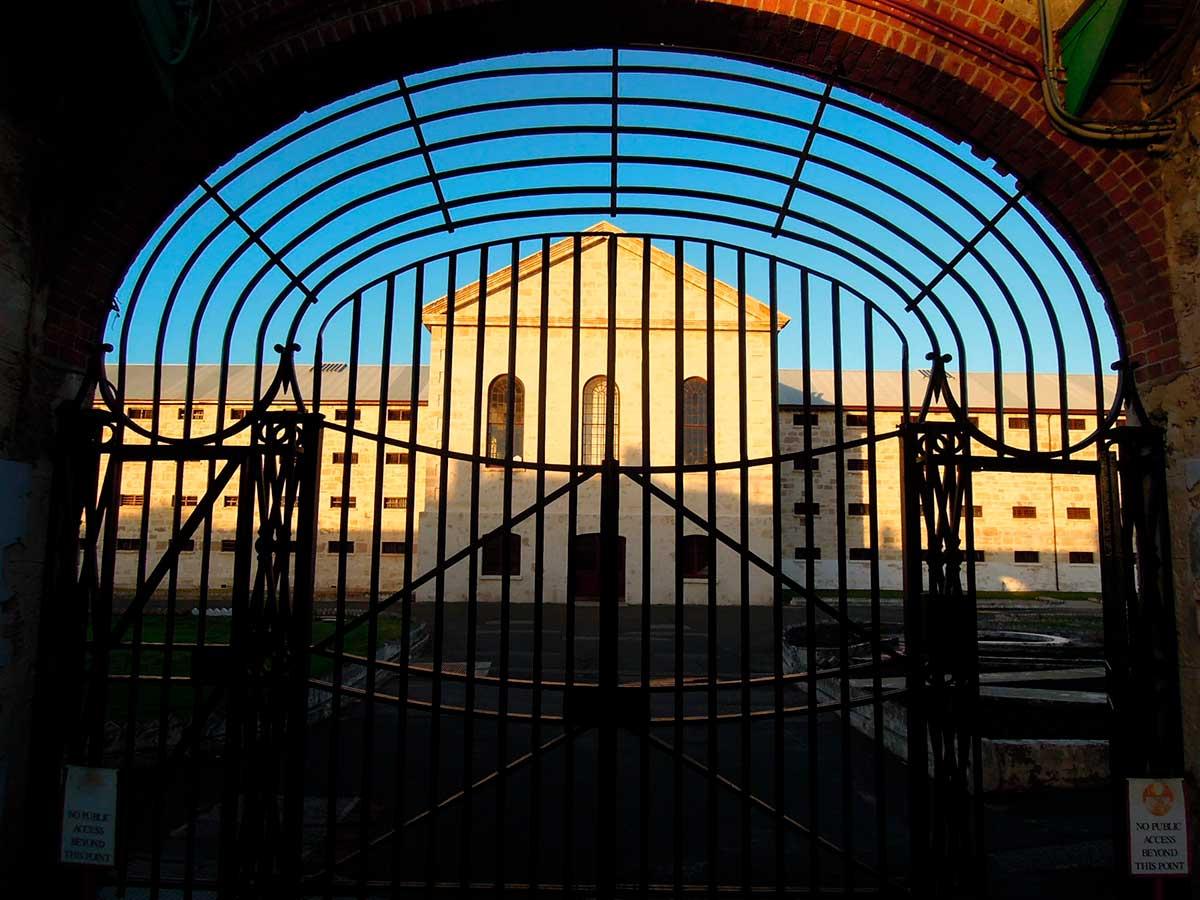A prison continent
1833: Convict transportation to Australia peaks when nearly 7000 people arrive in one year
A prison continent
1833: Convict transportation to Australia peaks when nearly 7000 people arrive in one year
In a snapshot
Between 1788 and 1868 more than 162,000 convicts were transported to Australia, of which approximately 25,000 were women. In 1833 a total of 7000 prisoners arrived — the largest number of convicts to arrive in one year. Convicts were transported as punishment for crimes they had committed in Britain and Ireland. Although their experiences varied, their lives were hard in Australia as they helped build the new colony. When they had served their sentences, most stayed in Australia and some became successful settlers.
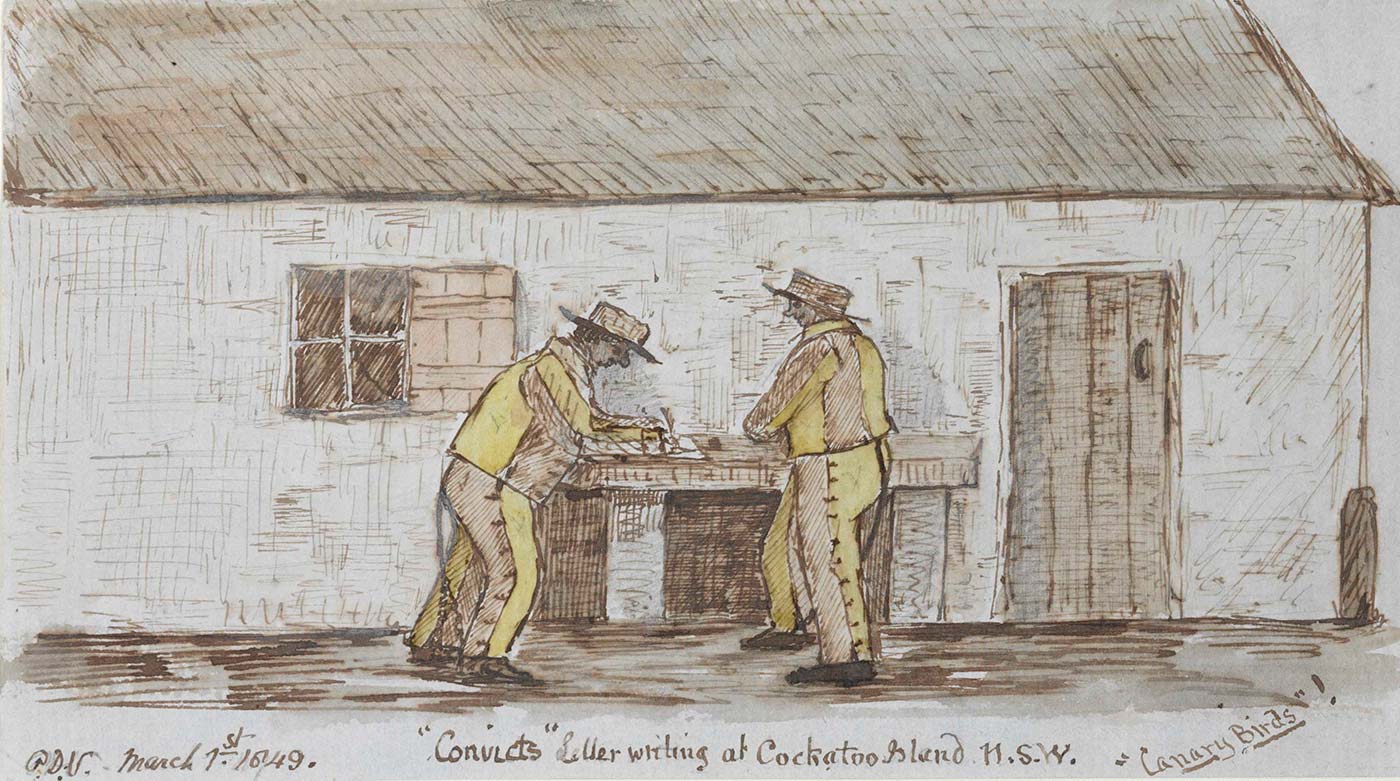
 Can you find out?
Can you find out?
1. Why did transportation to America stop in 1783, and what did this lead to in Britain by 1788?
2. What did Arthur Phillip, the first Governor of New South Wales, believe the new colony could become?
3. Does it surprise you that by 1830 ‘only about 6 per cent of convicts were locked up’? Give reasons for your answer.
How did transportation start?
Britain used transportation as a form of punishment from the early 1600s. At that time many crimes that we now think of as minor could be punished by death. But sometimes convicts who were given a death sentence were transported to another country instead of being hanged.
In the 1700s most criminals who were sentenced to transportation were sent to British colonies in America. More than 50,000 criminals had been transported to America by 1775. During the American Revolutionary War (1775–83) transportation was put on hold. When the American colonies officially won their independence from Britain in 1783, America stopped accepting convicts.
Why were convicts transported to Australia?
Between 1776 and 1788 no British convicts were transported, and prisons soon became overcrowded. Many criminals were kept on hulks along the coastline of southern England. Disease spread quickly throughout the hulks, and many prisoners died on board.
James Matra had been a junior officer on James Cook’s 1768 voyage to the Pacific. In 1783 Matra suggested to the British Government that Botany Bay was a good place for a new colony, and they agreed to this proposal in 1785.
Research task
Look carefully at this ‘punishment shoe’. How was it made and why was it given this name?
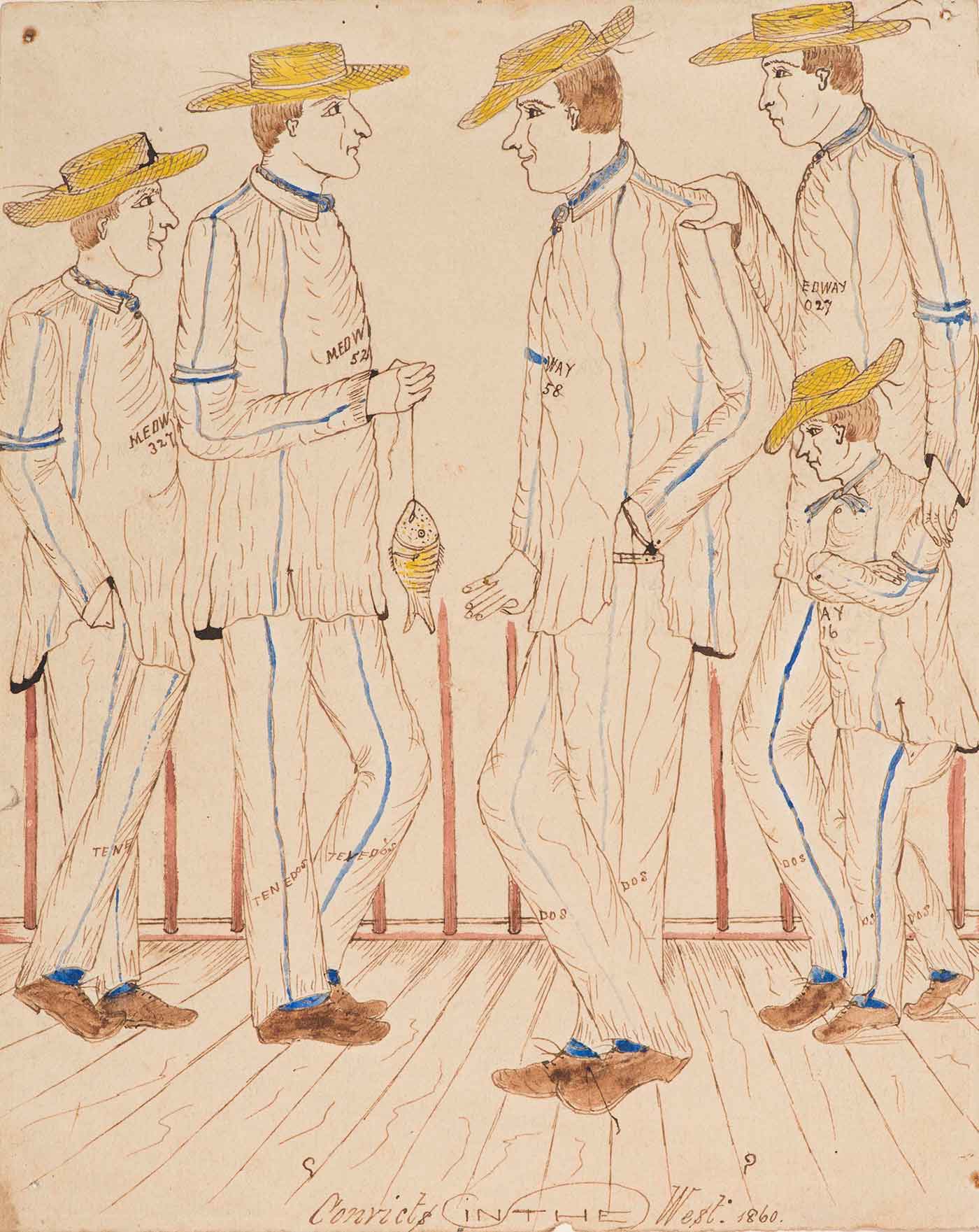
When were the first convicts sent to Australia?
In 1786 Captain Arthur Phillip was appointed as the first governor of New South Wales. He began organising for the First Fleet of convicts to sail to New South Wales. Phillip believed that the new colony was not just a place of punishment, but that it could give convicts the opportunity to rehabilitate themselves.
In May 1787 the First Fleet sailed from Portsmouth, England, and arrived in Botany Bay on 18 January 1788. But Phillip decided that Botany Bay was not suitable for a colony, so the fleet sailed north and set up the new colony at Sydney Cove (now Circular Quay). There were 751 convicts on board, including 193 women, along with 252 crew and officials.
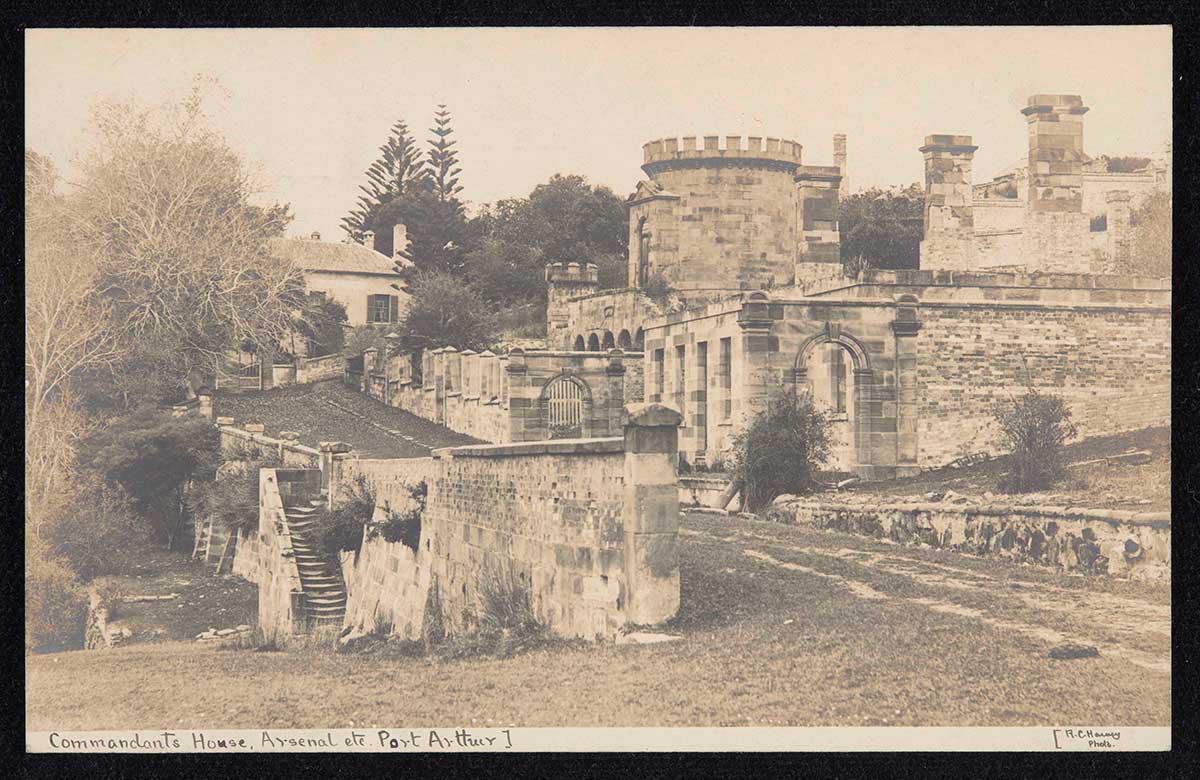
‘A great number of those whose terms have expired have turned settlers, some of whom are doing well, better than many farmers in England.’
What was it like to be a convict in Australia?
The convicts sent to Australia were mostly from England, Wales and Ireland. Many, including the majority of women, were sentenced to transportation for stealing food and clothing. Before they left, some convicts created tokens as a personal way to say goodbye to their loved ones. Learn about three convicts and their tokens
Convicts were sent to Australia to work. They had to work from sunrise to sunset, Monday to Saturday every week. Convicts were used to build roads, bridges and public buildings in the new colony. Also when the first free settlers arrived in New South Wales in 1793, some convicts were sent to work on their farms. Most of the early convicts sent to Australia were men, but in later years the British government sent a larger number of female convicts, with women being seen as ‘tamers and breeders’.
Research task
Research a convict (e.g. George Barrington, Henry (Harry) Power or Mary Reibey). Why were they transported and how did they fare in Australia? The Australian Dictionary of Biography can help you.
What was it like to be a child convict?
Children were convicts too, with some as young as nine years old. Tour the Cascades Female Factory in Hobart and hear Professor Hamish Maxwell-Stewart talk about convict tokens and convict tattoos, in the Hey History! podcast.
Convicts lived under very strict rules. If they broke the rules they could be punished. Punishments included whippings, being forced to wear leg-irons and being locked in solitary confinement. For serious crimes they could be sent to hard-labour prisons in other parts of Australia, such as Van Diemen’s Land (Tasmania) or Norfolk Island.
By the 1830s only about 6 per cent of convicts were locked up. Most worked for the government and free settlers. Many who had behaved well were given special permission to earn their own living. Most convicts stayed in Australia when their sentence was finished. Once they were free they could own land, and some were given jobs in the colonial government.
Convict transportation peaked in 1833 when 7000 prisoners arrived in Australia in one year. Convicts were transported to Australia until 1868.
Read a longer version of this Defining Moment on the National Museum of Australia’s website.
 What did you learn?
What did you learn?
1. Why did transportation to America stop in 1783, and what did this lead to in Britain by 1788?
2. What did Arthur Phillip, the first Governor of New South Wales, believe the new colony could become?
3. Does it surprise you that by 1830 ‘only about 6 per cent of convicts were locked up’? Give reasons for your answer.









